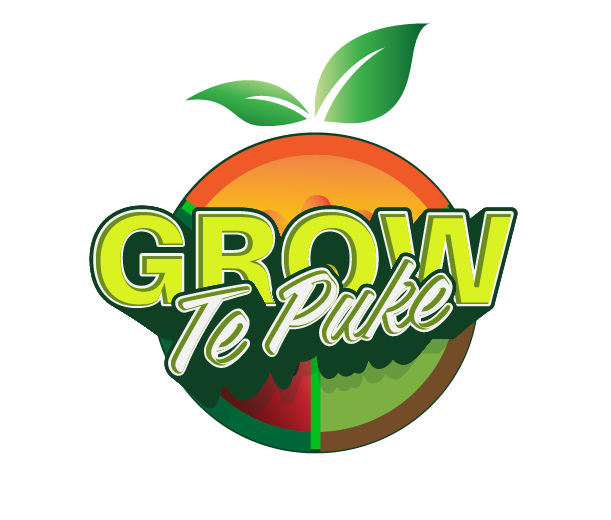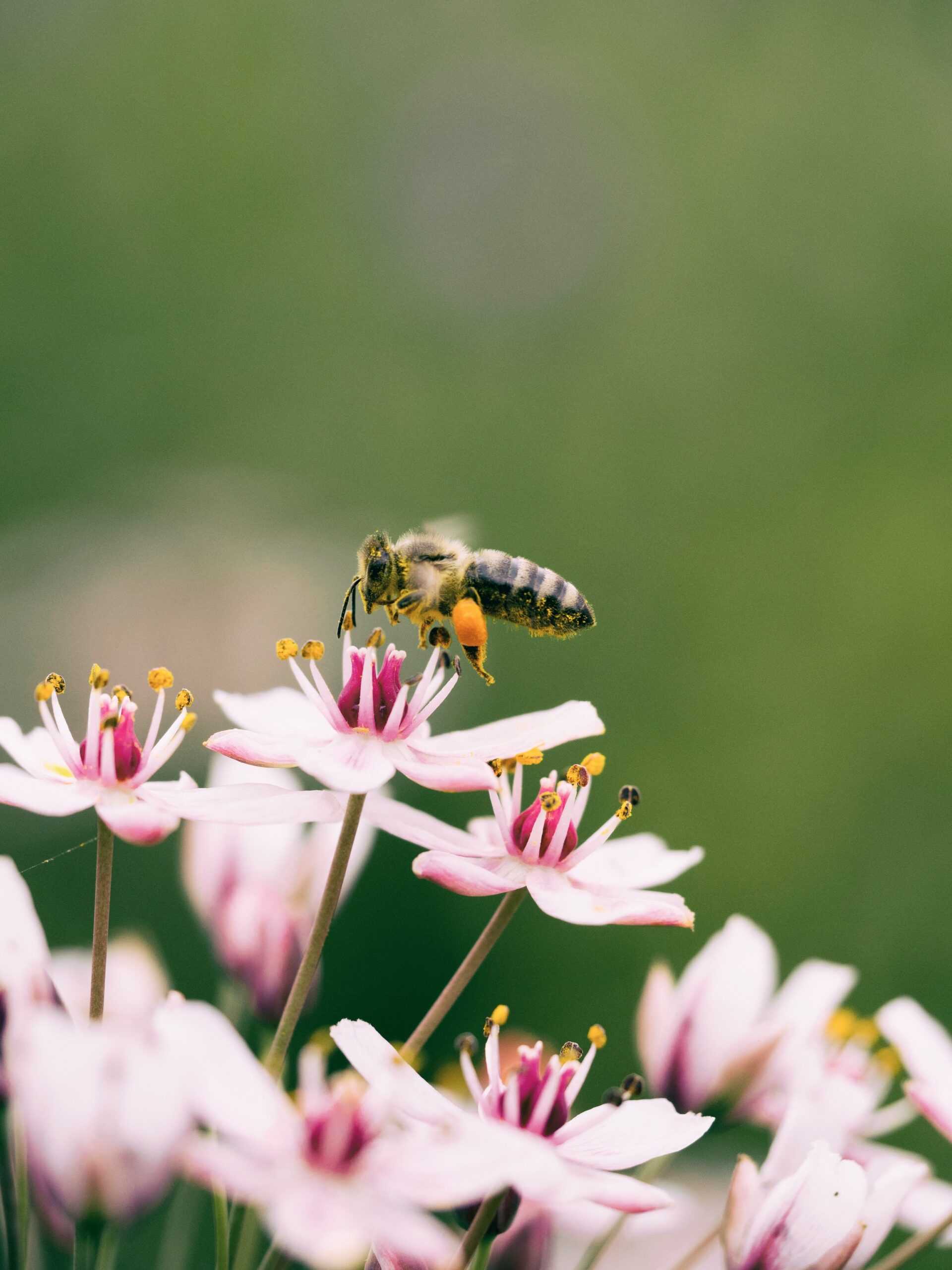Everything You Need to Know About Bees (Aotearoa Edition)
Hello there, fellow bug enthusiast! Let’s dive into the fascinating world of bees right here in Aotearoa. You might think they’re just flying insects that can sting you, but they’re so much more than that. They’re actually super important for our planet, especially in New Zealand!
The Buzz on Bees
Bees are incredible insects known for their ability to fly and, of course, make honey. But their most important job is pollination. Think of a plant’s flowers as its way of reproducing. To create seeds and fruit, a flower needs to be pollinated. Bees, as they fly from flower to flower collecting nectar, accidentally transfer pollen from one flower to another. This is how many of the fruits and vegetables we eat get to grow! Without bees, we wouldn’t have apples, strawberries, or even the delicious kiwifruit that the Bay of Plenty is famous for.
New Zealand’s Bees: Native vs. Introduced
New Zealand has 28 native bee species, but the honeybees we rely on for most of our food pollination were introduced from Europe back in 1839. Our native bees, known as ngaro huruhuru in Māori, are mostly solitary and don’t produce honey. They’re smaller than the European honeybee and are vital for pollinating our native plants like mānuka and pohutukawa.
A Special Look at the Bay of Plenty
The Bay of Plenty is a true hub for beekeeping in New Zealand, largely because of the thriving kiwifruit industry. Kiwifruit flowers are not self-pollinating, which means they need bees to transfer pollen from male vines to female vines to produce fruit. This is a huge job! Kiwifruit growers often bring in tens of thousands of beehives each season to ensure their crops are well-pollinated, making the Bay of Plenty a hive of activity (pun intended!) for both bees and beekeepers.
Why Bees are in Trouble (New Zealand Context)
While New Zealand’s honeybee population has actually been increasing, they still face some serious challenges.
- Pests and Diseases: The Varroa mite is a huge threat. It’s a tiny parasite that attaches to bees and weakens them, and it has caused the near-total elimination of wild honeybee colonies in the North Island. Beekeepers have to actively manage their hives to protect them. Another threat is American Foulbrood (AFB), a bacterial disease that can destroy entire colonies, which is why there are strict rules about hive registration and biosecurity.
- Wasp Invasions: Wasps are another enemy, as they can invade beehives to steal honey and even kill bees.
- Competition for Food: While our native bees and introduced honeybees can coexist, some scientists are concerned that the sheer number of honeybees could be taking away food resources from our native species.
How You Can Help
The good news is that you can make a difference right here in New Zealand!
- Plant Bee-Friendly Flowers: Plant flowers that both native and introduced bees love. Think about planting wildflowers, lavender, and even native plants like kōwhai and mānuka.
- Say No to Pesticides: If you have a garden, try to avoid using harmful chemicals that can hurt bees.
- Give Native Bees a Home: You can help native solitary bees by providing them with nesting sites, like small holes in untreated wood or even just leaving some bare, undisturbed patches of soil in your garden.
- Support Local Beekeepers: When you buy honey from a local beekeeper, you’re helping to support the industry that is crucial for our pollination and agriculture.
So next time you see a bee, whether it’s a fuzzy bumblebee or a buzzing honeybee working hard on a flower, remember its vital role in our ecosystem and how you can help protect them.



